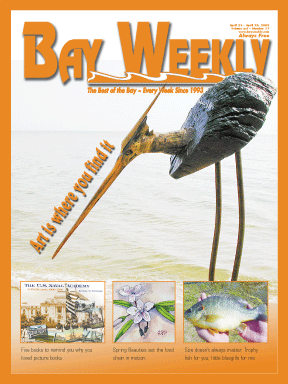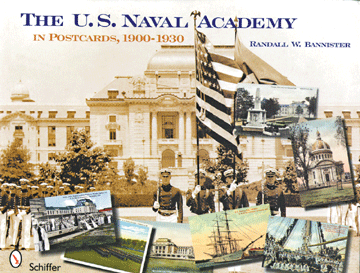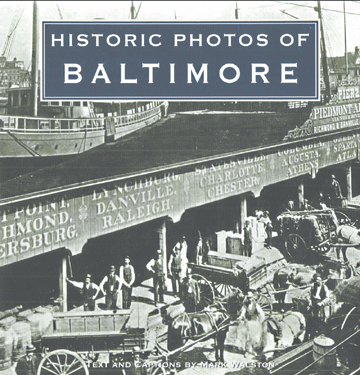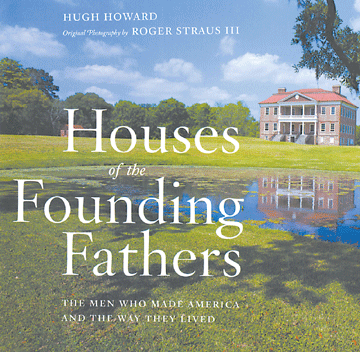
Volume XVII, Issue 17 # April 23 - April 29, 2009 |
 |
Words and Pictures
Five books to remind you why you loved picture books
by Ben Miller
Some picture books are like those legendary fishing lures that are better at catching the eye than at catching fish. You’ll see some of these when you troll the discount sections of the big bookstores. That’s not the case with these books. Each in their own way, the words and the pictures tell the same story. These are books you can either browse or read.
Memories of People We Knew
Remembering You, written by local author Mick Blackistone (he lives in Fairhaven) with photographs by Charles and Travis Bethmann, is a moving book that deals with grief, loss and the passage of time.

![]() Blackistone puts his emotions on the page in 57 essays on people who have touched his life.
Blackistone puts his emotions on the page in 57 essays on people who have touched his life.
In his second essay, Words Spoken By Strangers, Blackistone shares an experience from childhood, after the death of his mother:
Then a hand touched my shoulder. The old farmer in his Sunday blue polyester suit, stood before me and shook my hand. The powerful hand of a powerful man with pale gray eyes and brown skin worn from wind and sun. He looked at me and said in a quiet unassuming voice: “I knew your Mother all my life. She didn’t have much in the way of things, not even a driver’s license, but that wasn’t important to her. She had her family and most of all she had you. And she had a room full of dreams for you. You live her dreams and make them true. And you remember this: Your Mother was a diamond in the rough, ain’t a finer person anywhere on this earth … and she was yours. Now, pick your head up and go get a piece of that good chicken. It’s alright now.” And it was.
Making things all right is what Remembering You is meant to do.
The black-and-white photographs by father and son Bethmann are beautifully composed and carefully selected to match the author’s words. The people in the photographs are not those remembered by Blackistone. They stand in for them — and for those we remember as well.
This book celebrates life, as we often talk of doing. But that can be hard to do in the immediacy of grief. However, we can do it — with time’s passage — by remembering, recalling, acknowledging and laughing. Blackistone’s essays show us.
2008 paperback published by Centering Corporation: $11.95.
Postcards Tell a U.S. Naval Academy Story 
The U.S. Naval Academy in Postcards, 1900-1930, by Randall W. Bannister, is an entertaining history of the Academy from its beginnings through what the author calls the Academy’s renaissance: the period from the late 1800s to the early 1900s, when the campus took the form it has today.
Bannister used his own collection of color and black-and-white postcards to illustrate the redesign of the Naval Academy campus and the construction of some of its most significant buildings, including the Chapel, the Superintendent’s Quarters and Dahlgren, Macdonough and Bancroft halls. Complementing the images are histories of the buildings, tree-shaded walks, imposing gates, monuments to officers who died in action — even sailing ships used as classrooms.
Some ships had dramatic histories. The sloop-of-war USS Hartford was Admiral David Farragut’s flagship at the Civil War Battle of Mobile Bay.
Among the collection are souvenir postcards midshipmen purchased of their summer training cruises to California or Europe. One features a July Fourth menu with cigarettes, cigars and lemonade as the final course.
The postcards provide a record of events; they are not simply scenic. They show midshipmen marching, drilling, fencing, rowing and posing in their football gear.
The author’s affection for the Academy is obvious. He is an Academy graduate (class of 1977) and a career naval officer, now retired.
Bannister combined that affection with a lifelong interest in collecting and developing a book we can learn from and enjoy.
2009 hardcover by Schiffer Publishing, Ltd.: $39.99.
Experiencing a Timeless River
The Nanticoke: Portrait of a Chesapeake River, by Tom Horton with photographs by David W. Harp, charts the path and fate of an Eastern Shore river that begins in Delaware and empties into the Bay.

![]() Horton mixes poetic sensibility, profound knowledge and hard-edged realism in his descriptions of one of Chesapeake Country’s best-preserved rivers.
Horton mixes poetic sensibility, profound knowledge and hard-edged realism in his descriptions of one of Chesapeake Country’s best-preserved rivers.
Harp’s photographs make you want to set out in a canoe.
Through their words and pictures, a portrait emerges of a river that John Smith, the explorer, would recognize.
Yet, as Horton writes, the Nanticoke’s timeless beauty is more changed than is evident.
“I have made overflights at different times with naturalists, farmers, commercial foresters, and realtors. Not surprisingly, each sees the landscape through a different lens … But one thing all can agree: we are using the land harder than at any time in history.”
Horton appreciates the present and is concerned for the future. He is a naturalist and conservationist with the ability to look at the land and water through the eyes of others — and to understand their feelings.
It is through Horton and Harp’s eyes — and the eyes of the people who love the river — that this book shows us the Nanticoke.
Horton knows — and makes clear — that it is the people’s love and use of this Eastern Shore river that will preserve it.
2008 hardcover by The Johns Hopkins University Press: $29.95.
Scenes of Old Baltimore
Historic Photos of Baltimore, by Mark Walston, shows us the city of the past through photographs and commentary.
The collection of nearly 200 black-and-white photographs from 1840 to 1980 — not any particular image — paints a picture of this dynamic city.
Some of the buildings and monuments we recognize. Many are gone forever, some destroyed in the Great Fire of February, 1904.
The photographs of the Great Fire and its aftermath — the fire covered 80 blocks and destroyed 2,500 buildings, with, remarkably, no one killed — are the most dramatic in the book.
Photographs of buildings and monuments present a good architectural record, but photographs of people catch our eye: cops, matrons, child laborers, ball players and paraders show the life of the city.
For those longing for a baseball winner, the 1921 Baltimore Orioles, shown in a team photograph, won the International League pennant with a record of 119-47.
Notes in the back of the book list the archival sources, but most notes don’t name the photographer. Sometimes the photographer is named in the caption, as is the case for Lewis Hine, who documented the conditions of child workers in the early 1900s.
If you have affection for the biggest small town in America, you’ll like this book.
2008 hardcover by Turner Publishing Company: $39.95.

 Great Houses
Great Houses
Houses of the Founding Fathers, the Men Who Made America and the Way They Lived, by Hugh Howard, with photographs by Roger Straus III, gives us a grand tour of the surviving houses of the 18th century patriots who founded our country.
The author also gives us a way to understand the lives of these often wealthy men, along with the lives of their wives, children and servants.
There are some good stories: George Wythe of Virginia was poisoned by his grand-nephew. George Mason, also of Virginia, was an introvert often sequestering himself with his books and papers for days at a time. Thomas Jefferson and John Adams — friends and fellow revolutionaries, estranged political rivals, and friends again in retirement — died on the same day, July 4, 1826, the 50th anniversary of the signing of the Declaration of Independence.
Annapolis is well represented in this book with two houses described: the William Paca House and the Matthias Hammond House, both of which are open to public view.
This book is a good introduction for a spring visit to either of these two handsome and historic houses.